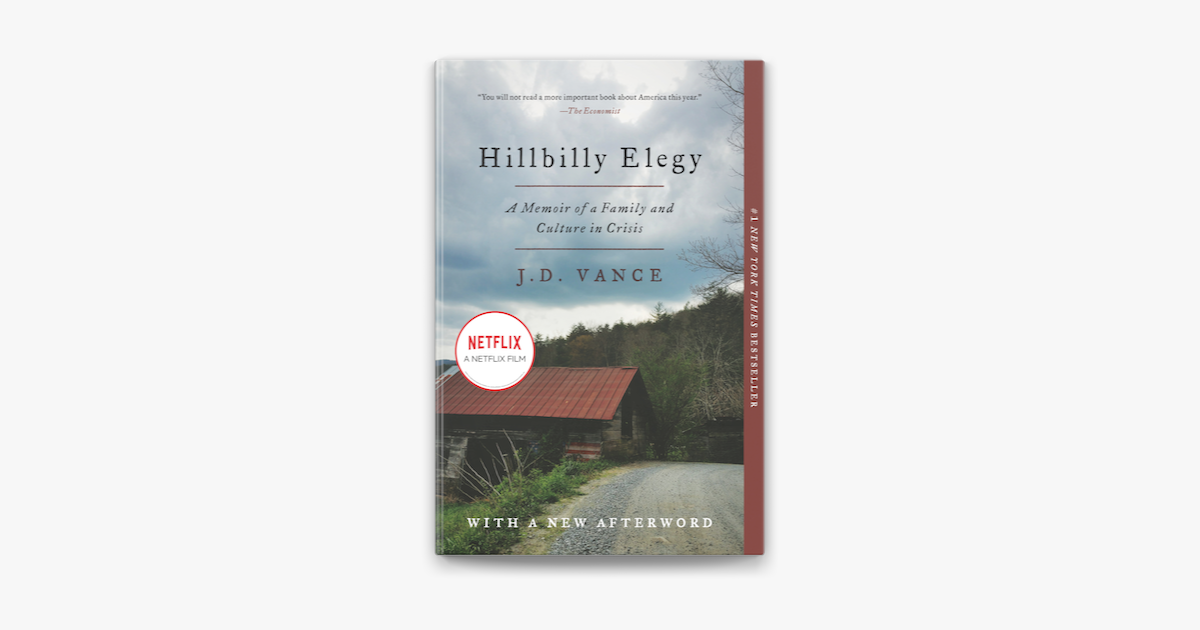J.D. Vance Books: A Deep Dive into the Author, His Works, and Their Cultural Impact

J.D. Vance, author of the controversial yet critically acclaimed memoir Hillbilly Elegy, has become a prominent figure in American politics and discourse. His work, while lauded for its insights into the struggles of the white working class, has also faced significant criticism regarding its accuracy and portrayal of Appalachia. This article will explore J.D. Vance’s books, examining their genres, themes, and the broader cultural impact they’ve had. We will also delve into the author himself, exploring his background, writing style, and inspirations. Finally, we will analyze the literary and political controversies surrounding his work.
J.D. Vance: A Biography and Writing Style
J.D. Vance’s life story is as compelling as the narratives he presents in his books. Growing up in Middletown, Ohio, and Jackson, Kentucky, he experienced firsthand the economic and social challenges faced by many working-class families in the Rust Belt and Appalachia. This firsthand experience significantly shaped his perspective and informs the raw, honest tone of his writing. After high school, he served in the Marine Corps, a period that further solidified his sense of duty and discipline. Following his military service, he attended Ohio State University and Yale Law School, achieving a level of upward mobility that contrasts sharply with the struggles depicted in his memoir. His experiences as a cultural outsider navigating elite institutions also profoundly impacted his literary approach, highlighting the disconnect between different socioeconomic classes in America.

Vance’s writing style is characterized by its blend of personal narrative and social commentary. He masterfully interweaves his family’s history with broader observations about the cultural and economic forces that have impacted the white working class. His prose is direct, unflinching, and often infused with a sense of both empathy and frustration. While some critics praise his candidness and willingness to address uncomfortable truths, others argue that his perspective lacks nuance and perpetuates harmful stereotypes.

His inspirations range from his own lived experience to a deep concern for the social and economic well-being of his community. He sought to offer a voice to those often overlooked or misunderstood in mainstream narratives. His choice to explore these issues through the lens of personal memoir allows him to convey complex social phenomena in a relatable and engaging manner.
Genres and Themes in J.D. Vance’s Books
While Hillbilly Elegy is undoubtedly Vance’s most well-known work, it is not his only publication. His writing predominantly falls into the genres of memoir and non-fiction, although his narratives often employ literary techniques associated with fiction to create a compelling and emotionally resonant read. The primary themes throughout his work are:

-
Class and Economic Inequality: This is the central theme of Hillbilly Elegy, exploring the cyclical nature of poverty and the challenges faced by families struggling to escape it. Vance doesn’t shy away from portraying the complex realities of addiction, abuse, and generational trauma, often emphasizing the role of individual choices while simultaneously acknowledging systemic barriers.
-
Cultural Identity and Belonging: Vance’s work grapples with questions of identity and belonging, particularly within the context of the white working class. He explores the tension between regional identity and broader national narratives, highlighting the sense of alienation and disenfranchisement felt by many in his community.
-
Family and Intergenerational Trauma: Family dynamics and the transmission of trauma across generations form a crucial aspect of Vance’s narratives. Hillbilly Elegy powerfully illustrates how past experiences of poverty, violence, and addiction can profoundly impact subsequent generations.
-
Political Polarization and the American Dream: Vance’s writing touches upon the political climate of contemporary America, exploring the polarization between different socioeconomic groups and the changing perception of the “American Dream.” His work is frequently cited in discussions about political divides and the factors driving shifts in American society.
Hillbilly Elegy: A Critical Analysis
Hillbilly Elegy achieved phenomenal success, becoming a New York Times bestseller and being adapted into a major motion picture. However, its reception has been far from unanimous. While some readers have lauded it for its honesty and insights into a largely overlooked segment of American society, others have criticized its accuracy, its apparent bias, and its potential to reinforce negative stereotypes.
The central criticism revolves around the book’s portrayal of Appalachia and the white working class. Many critics, particularly those from Appalachian backgrounds, argue that Vance’s generalizations are overly simplistic, ignoring the diversity of experiences within the region. The claim that the book is a “true story” has been challenged, with some scholars pointing out factual inaccuracies and a selective presentation of events. Additionally, critics argue that the book’s focus on individual responsibility overlooks the systemic factors contributing to poverty and social inequality. The implication that individuals are solely responsible for their circumstances without considering broader societal factors has been a point of significant contention. The book’s popularity, particularly among those who align with conservative political viewpoints, has further exacerbated these criticisms, leading to accusations of the book being used to promote a particular political agenda.
Cultural Impact and Adaptations
Despite the controversies, Hillbilly Elegy has undoubtedly had a significant cultural impact. Its widespread popularity sparked a national conversation about class, poverty, and the state of the American Dream. The book’s success brought attention to the struggles of the white working class, a demographic often overlooked in mainstream media narratives.
The adaptation of Hillbilly Elegy into a Netflix film directed by Ron Howard further amplified its reach and impact, introducing its themes and narratives to a broader audience. While the film itself received mixed reviews, it undoubtedly contributed to the ongoing public discussion spurred by the book. The film adaptation, while aiming to stay true to the spirit of the book, faced its own set of critiques, particularly regarding its portrayal of the Appalachian culture and its possible perpetuation of stereotypes.
J.D. Vance’s Subsequent Works and Continued Relevance
While Hillbilly Elegy remains Vance’s most influential work, his subsequent books and political career continue to generate discussion and debate. His later publications, while not achieving the same level of widespread attention, further explore themes of economic inequality, cultural identity, and the challenges of upward mobility. His foray into politics, including his election to the U.S. Senate and his role as Vice President, has solidified his position as a significant voice in American politics and, in turn, further cemented the relevance and ongoing discussion about his earlier writings. His experiences and writings continue to fuel conversations about class, poverty, and the challenges of the American Dream.
It’s important to approach J.D. Vance’s work with a critical and nuanced perspective. While his writing offers valuable insights into certain aspects of the American experience, it’s equally important to acknowledge and engage with the criticisms surrounding its accuracy, its portrayal of various communities, and its potential for misinterpretation. Understanding the controversies surrounding his work is essential for a more complete understanding of its impact and its place within the larger cultural and political landscape. Lbibinders.org provides a platform to further explore these themes and engage with different perspectives surrounding J.D. Vance and his work.